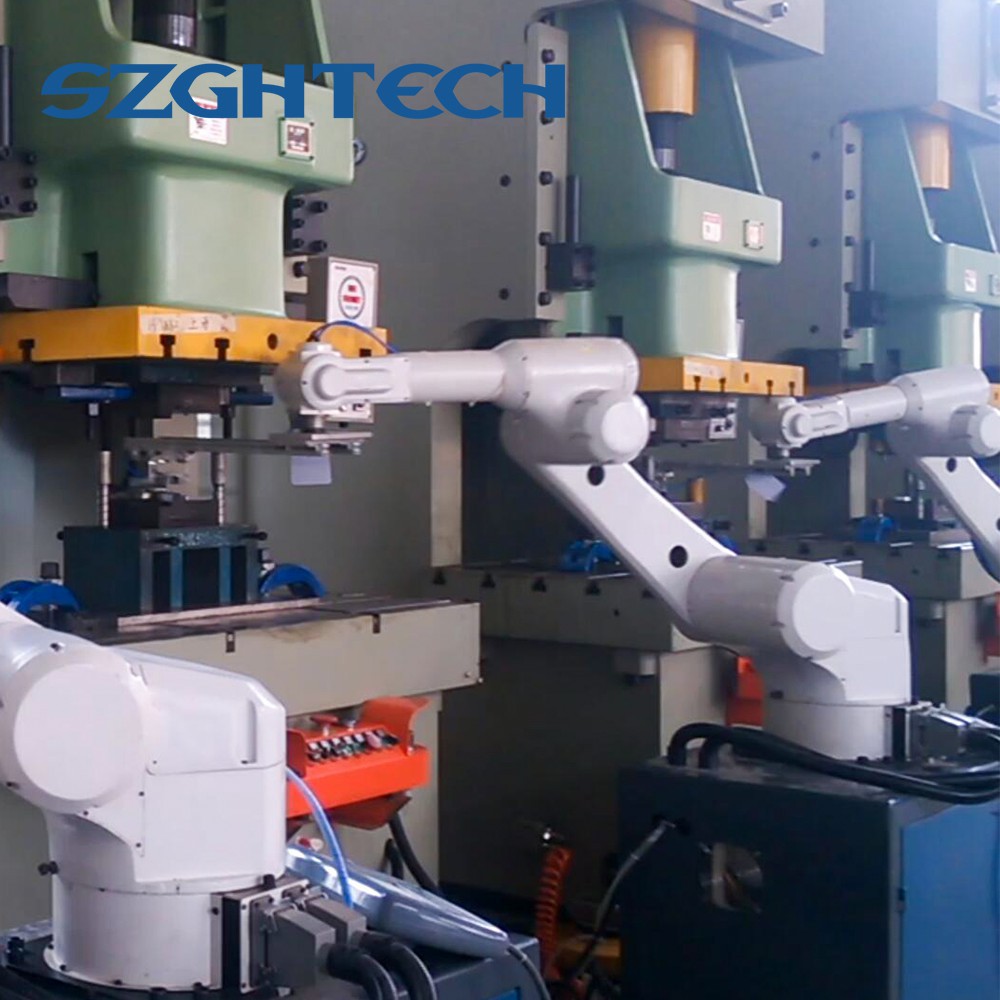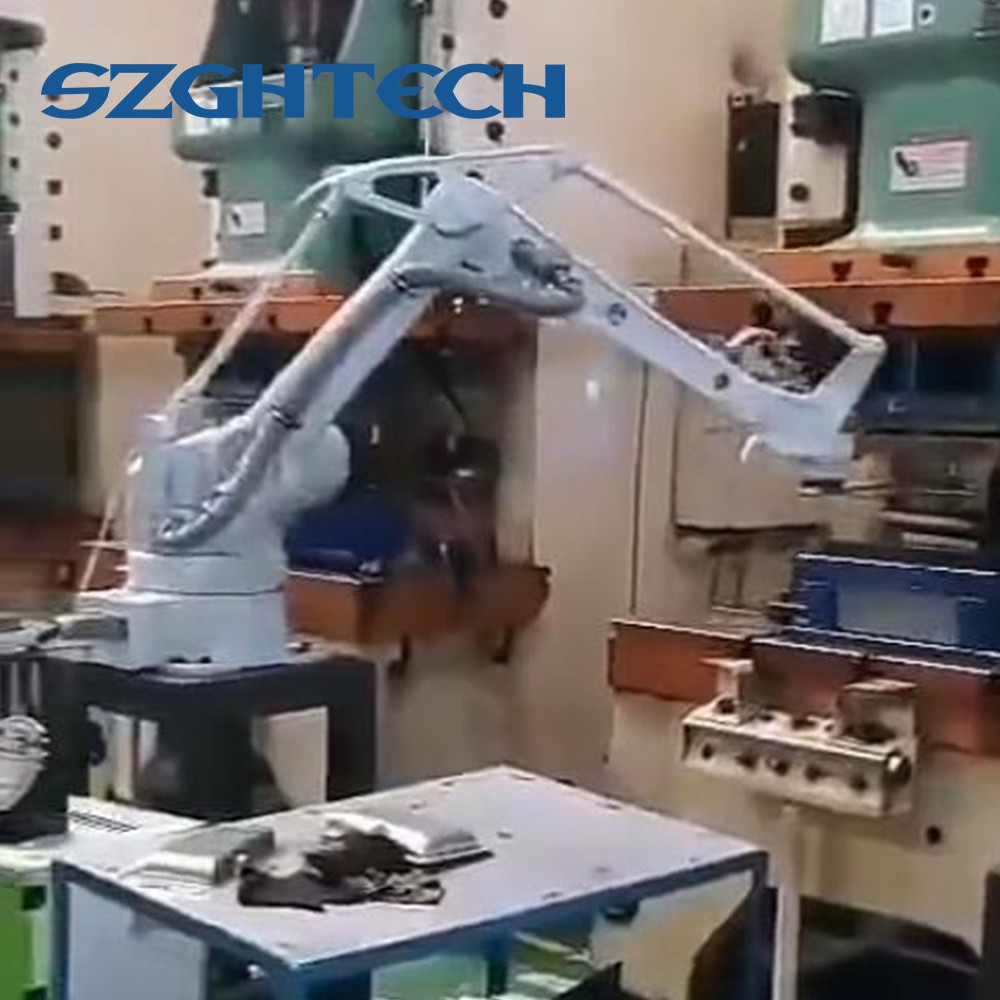Automated processes and productivity improvement in lathe operations can significantly enhance efficiency, reduce cycle times, and increase output. Here are some ways to achieve automation and improve productivity in lathe operations:
1. CNC Lathe Automation: Utilize Computer Numerical Control (CNC) lathes that are programmable and capable of performing multiple operations automatically. CNC lathes allow for precise and consistent machining, reducing the need for manual intervention and minimizing setup times between different tasks.
2. Automatic Tool Changers: Incorporate automatic tool changers on CNC lathes to switch between different cutting tools without operator intervention. This eliminates the need for manual tool changes, reduces downtime, and enables continuous machining with different tools for complex parts.
3. Robotic Loading and Unloading: Integrate robots or automated loading systems to handle workpieces' loading and unloading. This reduces the dependence on manual labor, allows for continuous production runs, and maximizes machine utilization.
4. In-Process Inspection: Implement automated in-process inspection using sensors, probes, or vision systems to monitor the machined parts' quality during the lathe operation. Automated inspection can identify defects or deviations, enabling prompt adjustments and minimizing scrap.
5. Tool Life Monitoring: Use tool life monitoring systems to track cutting tool wear and performance. This data helps schedule tool changes before tool failure, optimizing tool life and minimizing interruptions in production.
6. CAD/CAM Integration: Utilize Computer-Aided Design (CAD) and Computer-Aided Manufacturing (CAM) software to generate CNC programs directly from part designs. CAD/CAM integration streamlines the programming process, reduces errors, and allows for quick adjustments to part designs.
7. Optimization of Cutting Parameters: Utilize data analytics and process optimization techniques to identify the best cutting parameters (speed, feed, depth of cut) for each specific material and operation. Optimized cutting parameters improve machining efficiency and reduce unnecessary wear on cutting tools.
8. Process Synchronization: Implement techniques to minimize non-value-added time, such as tool changeover and setup time. Synchronize tool changes, workpiece loading, and other activities to maximize machine uptime and overall productivity.
9. Training and Skill Development: Provide training to operators and technicians on CNC programming, automation, and advanced lathe operation techniques. Skilled personnel can optimize machine utilization, troubleshoot issues efficiently, and maintain consistent productivity.
10. Continuous Improvement: Foster a culture of continuous improvement to encourage the identification and implementation of productivity-enhancing ideas. Regularly review performance data, seek feedback from operators, and implement improvements to further enhance lathe operation productivity.
By integrating automation, data-driven decision-making, and continuous improvement practices, lathe operations can achieve higher productivity, better part quality, and reduced production lead times, making them more competitive in today's manufacturing landscape.
|
|
 |


